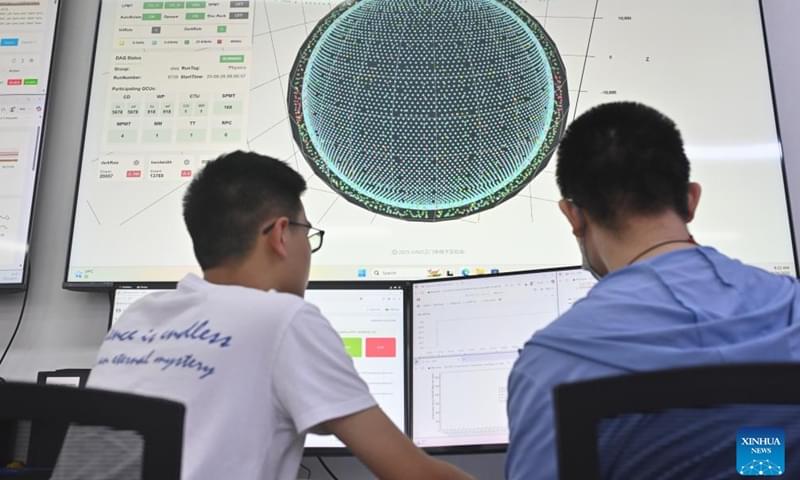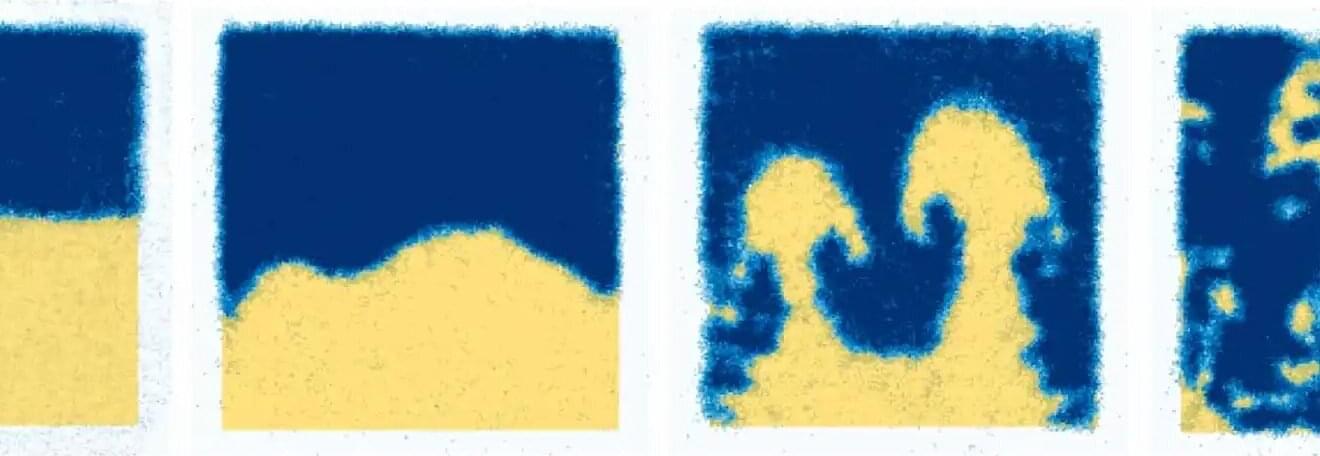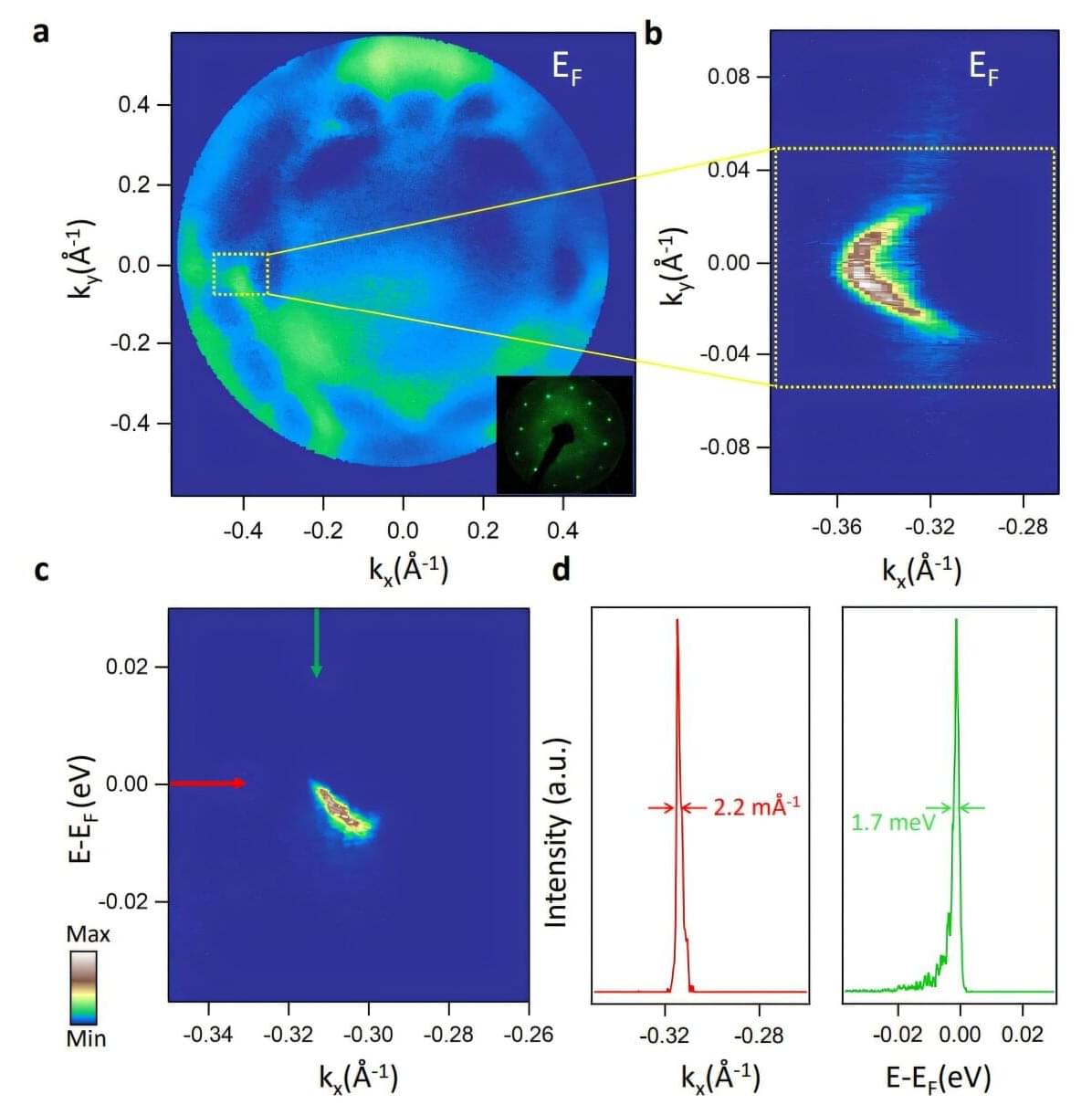They found a way to sneak around an important law governing atoms.



A recent study led by scientists at NASA’s Jet Propulsion Laboratory in Southern California and the nonprofit Aerospace Corporation shows how high-resolution maps of ground-level ammonia plumes can be generated with airborne sensors, highlighting a way to better track the gas.
A key chemical ingredient of fine particulate matter—tiny particles in the air known to be harmful when inhaled—ammonia can be released through agricultural activities such as livestock farming and geothermal power generation as well as natural geothermal processes. Because it’s not systematically monitored, many sources of the pungent gas go undetected.
Published in Atmospheric Chemistry and Physics, the study focuses on a series of 2023 research flights that covered the Imperial Valley to the southeast of the Salton Sea in inland Southern California, as well as the Eastern Coachella Valley to its northwest. Prior satellite-based research has identified the Imperial Valley as a prolific source of gaseous ammonia.



Researchers work at a control room of the Jiangmen Underground Neutrino Observatory (JUNO) in Jiangmen, south China’s Guangdong Province, Aug. 26, 2025. The world’s largest transparent spherical detector began operation in China on Tuesday, making it the world’s first operational ultra-large scientific facility dedicated to neutrino research with ultra-high precision. Having completed the filling of its 20,000-tonne liquid scintillator detector, JUNO in Guangdong began taking data after more than a decade of preparation and construction. (Photo by Liu Yuexiang/Xinhua)

Using lasers as tweezers to understand cloud electrification might sound like science fiction, but at the Institute of Science and Technology Austria (ISTA) it is a reality. By trapping and charging micron-sized particles with lasers, researchers can now observe their charging and discharging dynamics over time.
This method, published in Physical Review Letters, could provide key insights into what sparks lightning.
Aerosols are liquid or solid particles that float in the air. They are all around us. Some are large and visible, such as pollen in spring, while others, such as viruses that spread during flu season, cannot be detected by the naked eye. Some we can even taste, like the airborne salt crystals we breathe in at the seaside.

Graphene’s enduring appeal lies in its remarkable combination of lightness, flexibility, and strength. Now, researchers have shown that under pressure, it can briefly take on the traits of one of its more glamorous carbon cousins.
By introducing nitrogen atoms and applying pressure, a team of scientists has coaxed bilayer graphene grown through chemical vapor deposition (CVD) into a diamond-like phase—without the need for extreme heat. The finding, reported in Advanced Materials Technologies, shows a scalable way to create ultrathin coatings that combine the toughness of diamond with the processability of graphene.

Physics is often about recognizing patterns, sometimes repeated across vastly different scales. For instance, moons orbit planets in the same way planets orbit stars, which in turn orbit the center of a galaxy.
When researchers first studied the structure of atoms, they were tempted to extend this pattern down to smaller scales and describe electrons as orbiting the nuclei of atoms. This is true to an extent, but the quirks of quantum physics mean that the pattern breaks in significant ways. An electron remains in a defined orbital area around the nucleus, but unlike a classical orbit, an electron will be found at a random location in the area instead of proceeding along a precisely predictable path.
That electron orbits bear any similarity to the orbits of moons or planets is because all of these orbital systems feature attractive forces that pull the objects together. But a discrepancy arises for electrons because of their quantum nature.

Something strange goes on inside the material platinum-bismuth-two (PtBi₂). A new study by researchers at IFW Dresden and the Cluster of Excellence ct.qmat demonstrates that while PtBi₂ may look like a typical shiny gray crystal, electrons moving through it do some things never seen before.
In 2024, the research team demonstrated that the top and bottom surfaces of the material superconduct, meaning electrons pair up and move without resistance.
Now, they reveal that this pairing works differently from any superconductor we have seen before. Enticingly, the edges around the superconducting surfaces hold long-sought-after Majorana particles, which may be used as fault-tolerant quantum bits (qubits) in quantum computers.

The Institute of High Energy Physics (IHEP) of the Chinese Academy of Sciences has successfully completed the Jiangmen Underground Neutrino Observatory (JUNO) and released its first physics results.
After more than a decade of design, construction, and international collaboration, JUNO has become the world’s first next-generation, large-scale, high-precision neutrino detector to begin operation.
Early data show that the detector’s key performance indicators fully meet or surpass design expectations, confirming that JUNO is ready to deliver frontier measurements in neutrino physics.